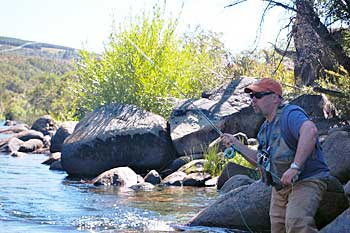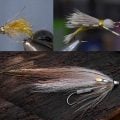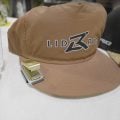Fly Fishing Jazz: On False Casting and Overhead Loops
“Jazz has always been like the kind of a man you wouldn’t want your daughter to associate with.” Duke Ellington
 AND I’M PROBABLY the guy your Federation of Fly Fishers “Certified Casting Instructor” doesn’t want you associating with either. Because as much as I think clean, perfect casting loops are fun to make, and pretty to look at, I don’t think they are a cure-all for most anglers on a trout river. And the only thing that’s “certify-able,” in my mind, is how much attention most of us pay to making too many false casts, and coaxing too much distance into the air.
AND I’M PROBABLY the guy your Federation of Fly Fishers “Certified Casting Instructor” doesn’t want you associating with either. Because as much as I think clean, perfect casting loops are fun to make, and pretty to look at, I don’t think they are a cure-all for most anglers on a trout river. And the only thing that’s “certify-able,” in my mind, is how much attention most of us pay to making too many false casts, and coaxing too much distance into the air.
Use your feet to cut half of the casting distance between you and the trout you target, and you’ve solved the greatest casting challenge of all.
After that, roll cast, and you’ll eliminate more of the problems that come with false casts, like shadows, water slaps, and errant landings. Let the current load your line… lift your rod tip high, and fling and flick your way up the river. Do whatever feels right for you, in the moment, and you will connect. Moreover, the overhead cast will eventually develop and come to you, sooner or later, because you’re feeling the rod load when you roll cast.
About 12 years ago, I reached a point (after much practice), where I could throw a 5-weight fly line over 100 feet. I was proud of myself, but I have never, ever, used that cast on a trout river. Now, I am more proud of the fact that I have never put myself in a position to cast 100 feet on a trout river.
In fact, I would say that any guide who puts an angler in a spot where they demand a 100-foot cast (and I’m talking saltwater also)… well, he or she isn’t a very good guide. There’s so much more to fishing than a long cast, and the more you understand that other stuff, the more you accept sexy, long loops for the novelties that they really are.
So try this… take a day, and roll cast exclusively. If you need to dry off your bug, fine, you can make some overhead false casts away from the target. But every cast into the zone comes from the roll. Start with the rod tip low, build surface tension as you lift the rod high, then snap and unfurl the cast where you want it to go.
Be a great roll-caster, and you will be a great angler. That’s really where it starts and ends… not over your head.
Of course, that isn’t “classical” fly fishing by any standard. It’s jazz.











